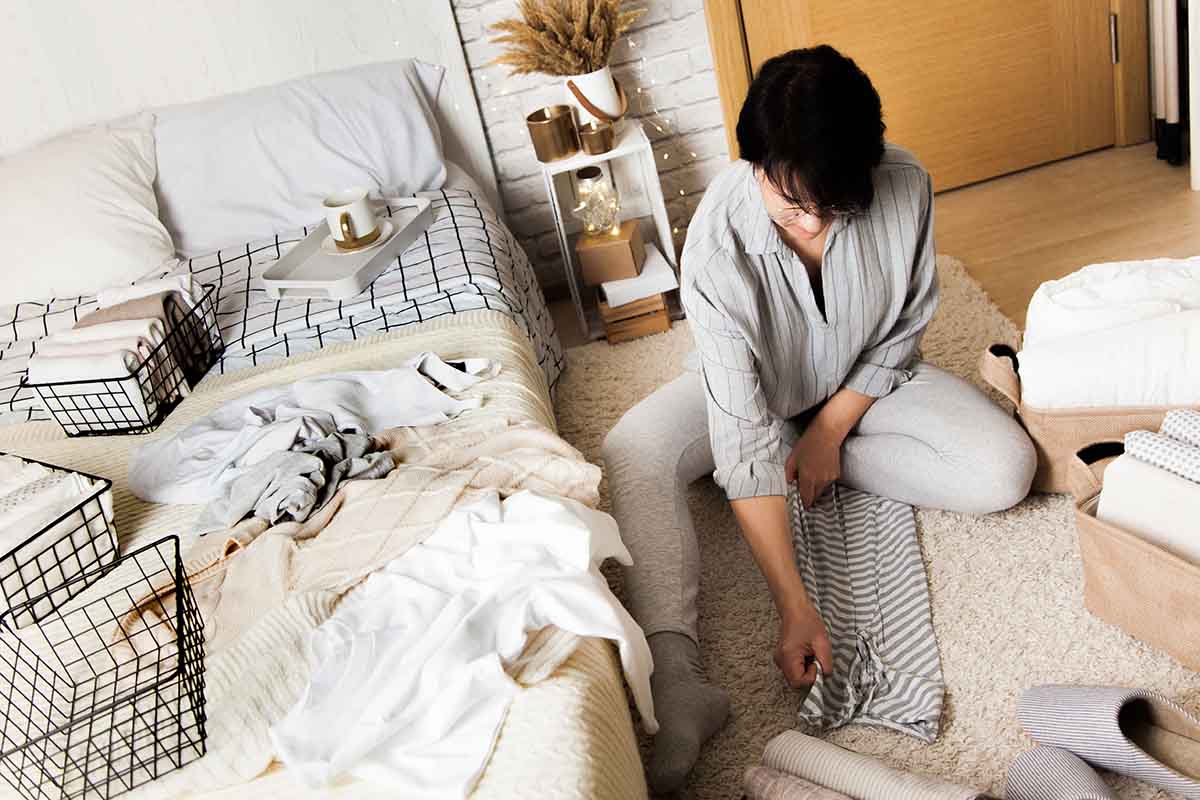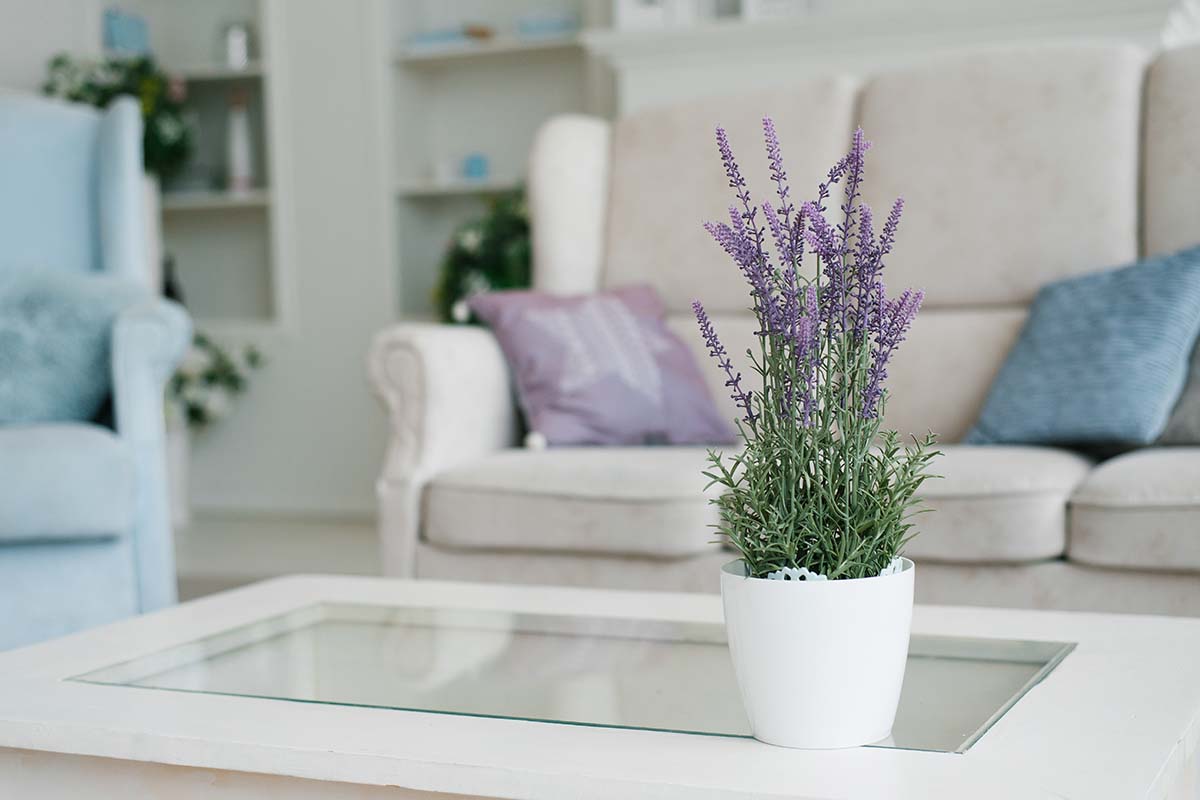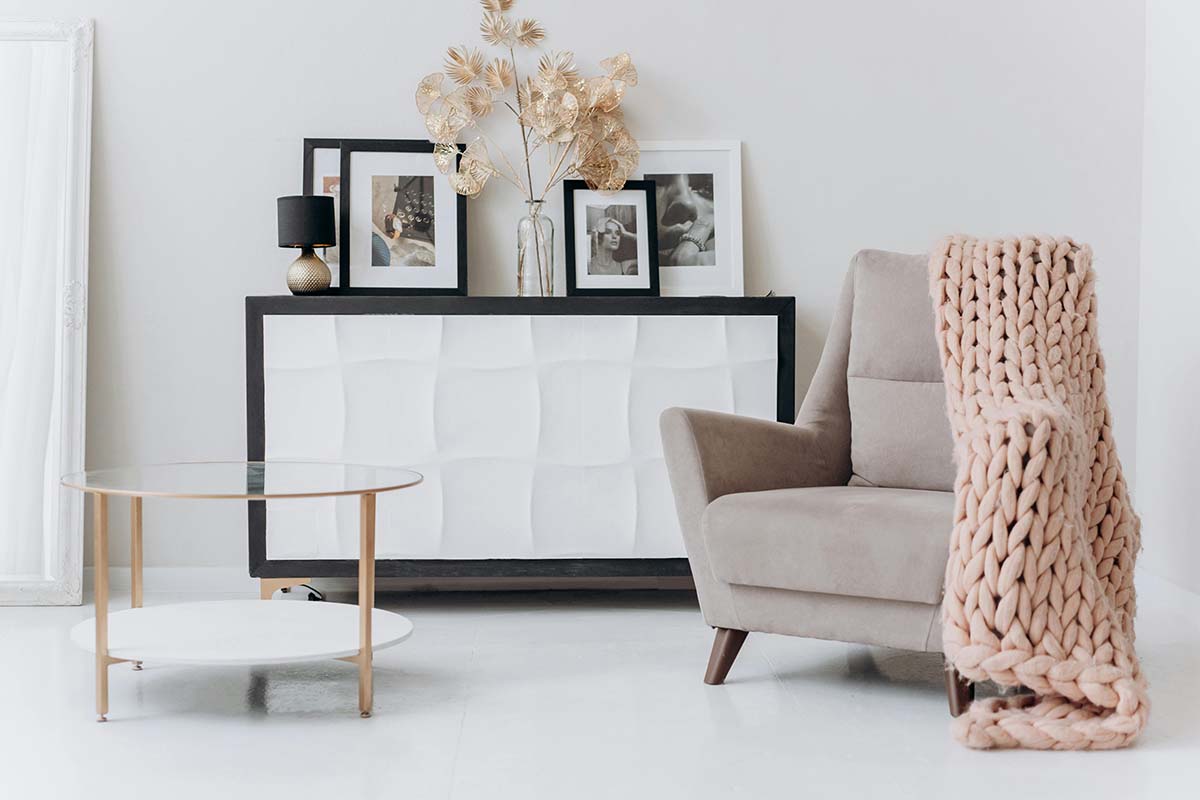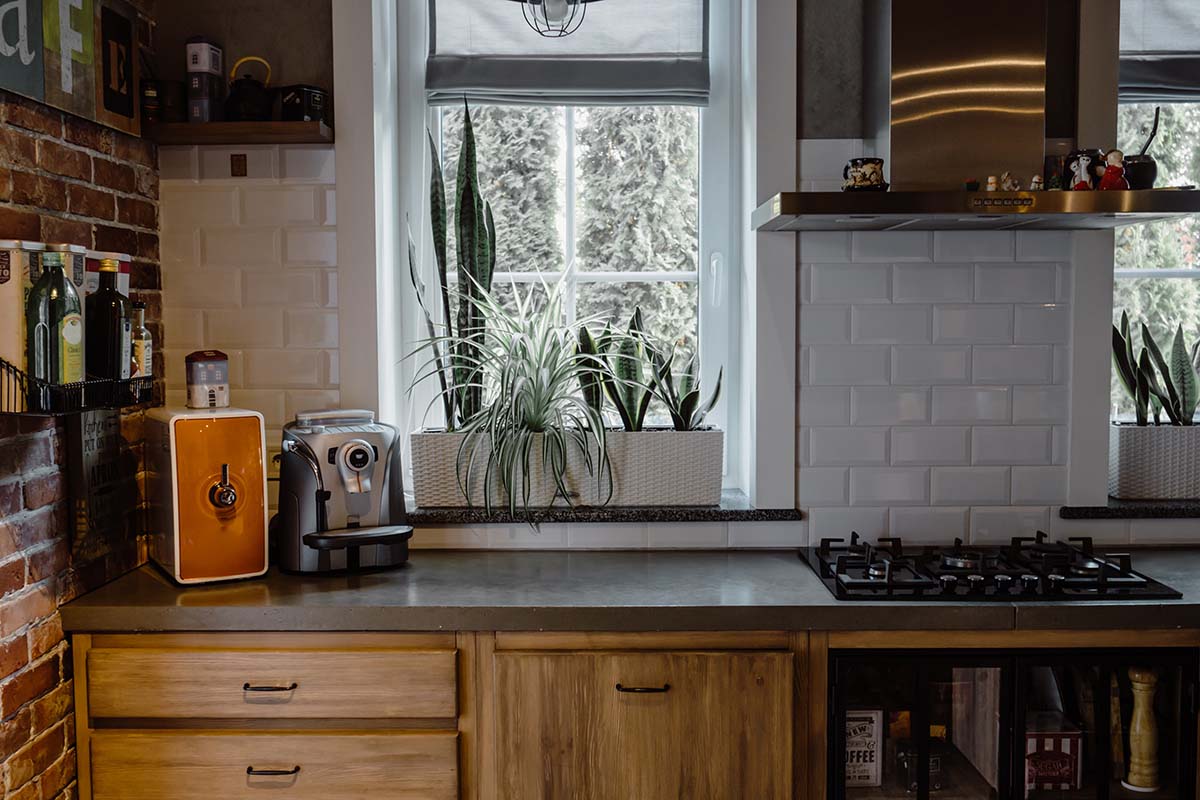Designing a Relaxing Home Environment
Creating a zen space in your home is a journey toward cultivating peace and mindfulness in your daily life.
Rooted in ancient Zen philosophy, this practice involves arranging your space to promote relaxation and clarity.
In this blog, we’ll explore essential steps to transform any room into a serene retreat, helping you achieve a balanced and tranquil lifestyle.
Understanding the Zen Philosophy
Zen is a part of Buddhism that started in India over 2,500 years ago and then traveled to China 2,000 years later.
It was later adopted into Japanese culture. Some people call Zen the ‘spiritual philosophy’ since it concentrates on self-realization through meditation.
Meditation involves three steps to reach Zen, adjusting your body, adjusting your breathing, and adjusting your mind.
A zen state of mind is about being purely aware and unclouded by judgment, fear, or desire. It’s easy to get into this state of mind once you have a completely zen room.
Decluttering and Simplifying Your Space
A part of creating a zen space is decluttering the space. Start with an empty room, clean it from top to bottom, then you can begin setting up your zen space.
Start by making sure you have plenty of natural light, get rid of blinds, and switch to sheer curtains, but keep them drawn back. The room needs to be natural; don’t keep anything in there that is not needed.
Here are some ideas on what you can put inside your zen space.- Incense or scented candles
- Tranquil Music
- A rug and meditation cushion
- A few plants
Choosing a Calm and Soothing Color Palette
Choosing colors for your zen space doesn’t need to be hard; you just need to follow the zen style. Earthy tones and pastels are your best bet. I’d stay away from anything too vibrant or flashy. Here are some colors you can choose; pick what speaks to you.
- Mist Grey
- Lake Blue
- Bamboo Green
- Himalayan Salt Pink
- Basalt Stone Black
Integrating Nature into Your Home
Zen is about connecting to yourself and letting worldly problems slip away, so why not try to reach more into nature to do so?
Including plants in your zen space is a great way to do that, especially when mixed with natural lighting. Here are a couple of house plants that are perfect for a zen space.
- Peace Lily
- Lavender
- Snake Plant
- Ferns
But remember not to overdo it; you want to have a zen space, not a jungle.
Creating Peaceful and Functional Zones
If you have enough space in the room you choose for your zen space, you can add different sections to create a calming space for more than just meditation. You could create a yoga section where you only need your yoga mat, this won’t take up a lot of space if you’re in a smaller room.
Just grab a simple basket to keep any blocks or other tools you use for yoga and push to the side.
Make sure nothing blocks the door, to create a good flow in the room the door must be able to open fully with nothing in front of it. You can also have a reading nook with a simple chair and a bookshelf. Remember that the room should be simple-looking and feel, and don’t let your books overcrowd the shelves.
Enhancing Air Quality for a Calming Atmosphere
Another important quality to have in a zen space is breathable air. You don’t want your air to be stuffy and hard to breathe in.
Having an air purifier in the room is a sure way to keep the air clean. You can also install new air filters in your HVAC system to further help with clean air, this will also benefit the whole house.
Installing new air filters and an air purifier can also provide many health benefits. It improves your skin and lungs and can help with digestion and psychological and emotional needs. It’s proven to help you be less depressed and anxious, which can help benefit your sleeping patterns too.
Installing and Maintaining Air Purifiers and Filters
Finding the right air purifier and air filter is important to have the clean air you need. Depending on the size of your room depends on the size of your air purifiers. Some air cleaners can clean rooms up to 1,500 square feet!
Now when it comes to air filters it’s a little more complicated, there are a couple of factors to consider. You must consider media type, filter size, and the MERV rating. The media type is the easiest to decide; you have fiberglass, pleated, HEPA, activated carbon, and electrostatic air filters.
Media Types
- Fiberglass
These types of filters are made with fiberglass, hence the name, and are cheap but also don’t last long. They’re only good at capturing larger particles like some dust and pollen but can’t get smaller particles like bacteria.
- Pleated
Pleated air filters are made of cotton or polyester and are made into pleats which gives the filter more surface area. They also have a large MERV rating section compared to other media types, but they do cost more.
- HEPA
These filters are more widely known than the others. HEPA filters are made with fiberglass or polypropylene (plastic) and formed into pleats. They are effective in catching most air pollutants since their MERV rating is so high but since it’s so high it can strain your HVAC to blow out clean air.
- Activated Carbon
This filter type is made from activated charcoal, one of the cleanest materials on Earth. It is great for cleaning the air from odors and fumes and has a good MERV rating as well.
- Filter Size
When it comes to measuring air filters you need to make sure you get the right size. Air filters have two different sizes, actual and nominal. Nominal size is the rounded-up number while actual size is the exact measurements.
For example, the actual size could be 19.5×19.5×3/4, but the nominal size will be a 20x20x1 air filter. Having both numbers is important when buying an air filter.
MERV Rating
MERV Rating stands for Minimum Efficiency Reporting Value, measuring how well an air filter can trap particles from 0.3 to 10 microns.
They have MERV ratings ranging from 1 to 16.
- MERV Ratings 1-4: This low MERV rating is typically only throwaway filters with minimal filtration.
- MERV Ratings 5-12: This MERV rating range is more typical in residential and commercial buildings.
- MERV Ratings 13-16: A high MERV rating is great for healthcare buildings like hospitals, it’s tricky with residential housing with the HVAC systems, they will get overworked and not work as efficiently.
Incorporating Elements of Mindfulness
Creating your zen space can require certain smells and sounds to make it more peaceful. You can find meditation playlists on most music platforms, or you can create your own with bells and water foundations.
Running water is one of the most calming sounds you can listen to.
You can also try essential oils like lavender, chamomile, ylang-ylang, and bergamot for a calming effect to help with anxiety and depression as well.
Start Creating Your Zen Space
In conclusion, creating a zen space in your home is a powerful way to enhance your mental and physical well-being.
By understanding the principles of Zen philosophy and incorporating elements such as decluttering, choosing soothing colors, integrating nature, and enhancing air quality, you can transform any room into a tranquil retreat.
Adding functional zones for yoga, reading, and mindfulness practices ensures that your zen space caters to various aspects of your relaxation and self-care routine. Remember, the key to a successful zen space is simplicity and intention, allowing you to embrace a peaceful and centered lifestyle fully.
























